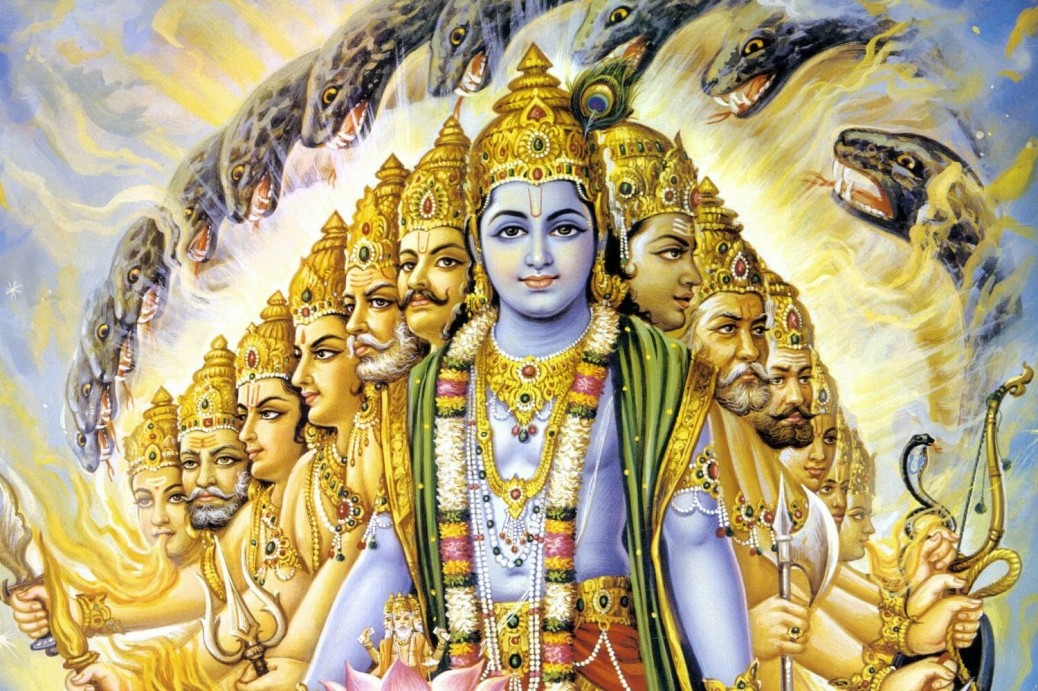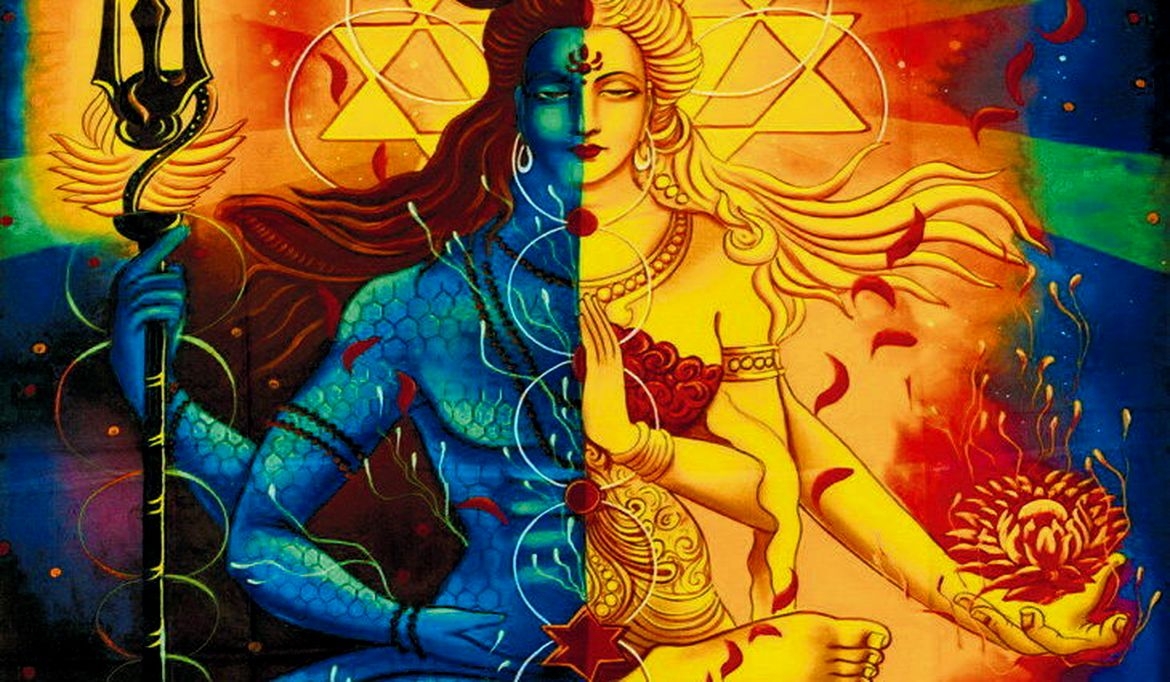Essential Core – In Gita Verse 18.26 One who performs his duty without association with the modes of material nature, without false ego, with great determination and enthusiasm, and without wavering in success or failure is said to be a worker in the mode of goodness.
The Bhagavad Gita, Verse 18.26, elucidates the qualities of a person who performs their duties without attachment to the modes of material nature, free from false ego, with unwavering determination and enthusiasm, and without being affected by success or failure. Such an individual is considered to be operating in the mode of goodness.
A person who is free from attachment and does not speak with ego, who exhibits patience and enthusiasm, and who remains unaffected by the outcomes of their actions – whether successful or not – is termed as Satvik. This individual performs duties not out of greed or the desire to gain something but out of a sense of duty and divine purpose. They recognise that life itself is an act and that there is no alternative but to engage in action.
This Satvik doer carries out their responsibilities as prescribed by scriptures and spiritual teachings, without any attachment to the outcomes. They accept the inevitability of death without a desire to complete any unfinished tasks, demonstrating an acceptance of divine will.
A Satvik person lacks personal identity beyond their unity with the divine. They acknowledge that only the divine has the right to claim “I,” as it is the center of all existence, while individuals are merely the periphery.
Patience is a hallmark of the Satvik individual. Unlike those who are driven by the need for immediate results, a Satvik person understands the value of waiting and does not seek premature outcomes. Their labour is not stressful, as it is characterised by a patient waiting rather than eagerness.
Enthusiasm is another defining trait. A Satvik person is consistently light-hearted, enthusiastic, and resilient, never succumbing to defeat or laziness. They approach each day as if it were their last, living fully in the present moment without rushing or delaying actions.
Such individuals embody a paradox: they live as if each day is their last, yet they also live with the understanding that time is infinite. This duality allows them to combine speed with patience, enthusiasm with calm anticipation.
A Satvik person transcends the dualities of joy and sorrow, understanding that both are forms of restlessness. They seek neither happiness nor sorrow, achieving a state of profound peace that is unshakable by external circumstances. This peace is characterised by freedom from both happiness and sorrow, recognising that these emotions are two sides of the same coin.
In their actions, a Satvik individual is unaffected by success or failure. They do not celebrate victories or mourn defeats, as they see themselves merely as instruments of the divine will. Their focus is on the present moment’s action, free from the desire for results.
Krishna emphasises that actions performed with determination and enthusiasm, free from attachment, are in the mode of goodness. Reflecting on our own lives, we can recall instances where we participated in responsibilities without expecting anything in return. In such moments, our focus was not on the fruits of our actions but on the act itself, as we felt a sense of unity with others.
To act consciously in this manner, we must shift our focus from the outcomes to the present moment’s action. Life is merely the periphery; the centre is existence, which we call God, Moksha, or Nirvana. This existence is beyond life, and understanding this allows us to be enthusiastic and total in our actions, free from the burden of dos and don’ts.
Recognising that we are one at the centre, despite our apparent separateness as waves on the ocean, enables us to act with enthusiasm and freedom. This understanding dissolves the fear of death, as we realise our oceanic existence beyond the transient wave-like life.
Krishna says readiness for death means no lust for life, so that whatsoever comes, one is always in a welcoming attitude, in a state of receptivity. Whatever happens, one is ready – even for death. Lust for life is a disease. This readiness, simple readiness to die, unties the lust for life.
One who is ready to die will first find that he is enthusiastic in all his actions. One who is enthusiastic about his actions is in a mode of goodness. This readiness to die constitutes the very Essential Core of being religious.
Tags: Essential Core




